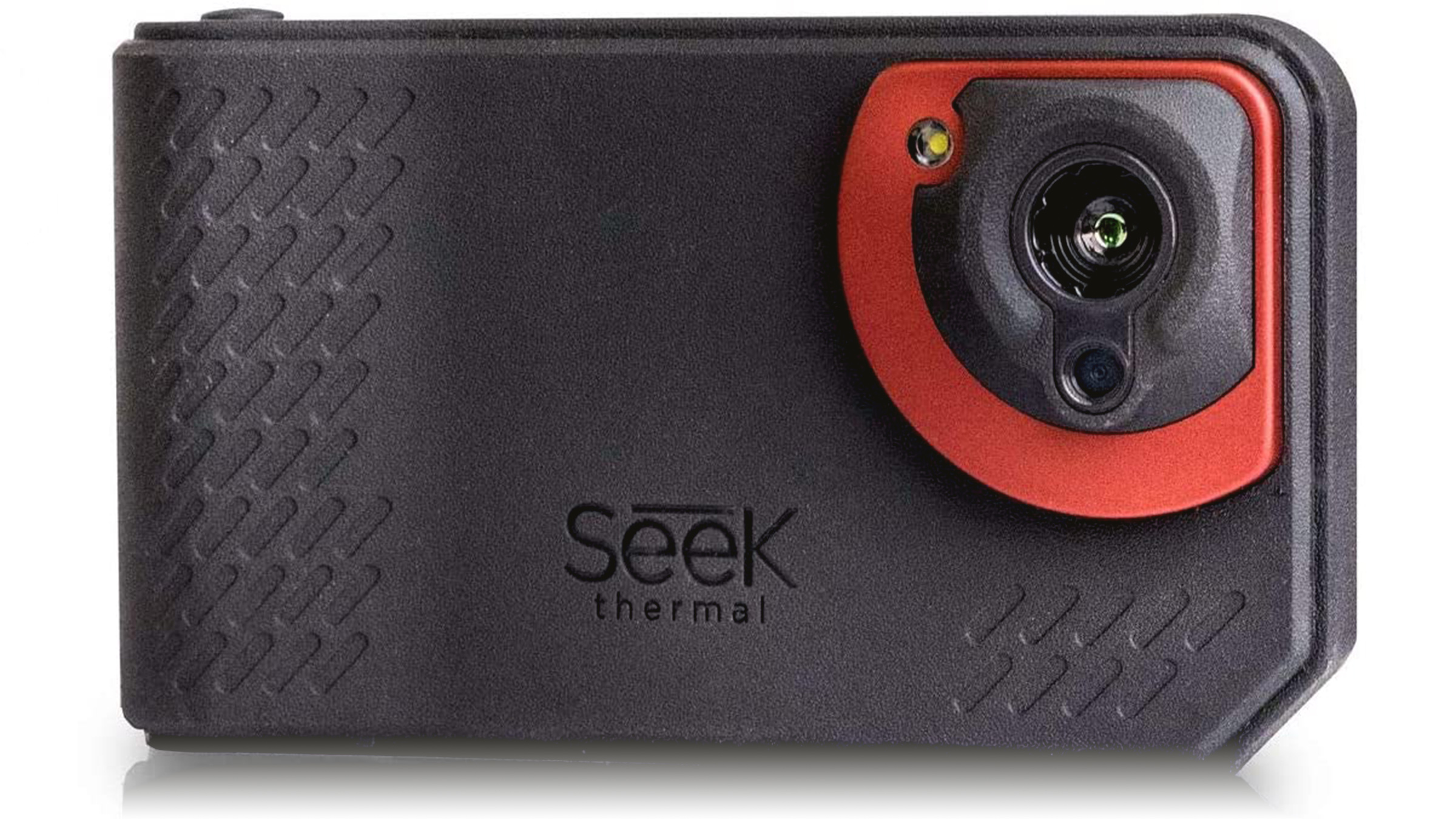

Your phone big touch screen for taking touch readings or, with the Flir One Pro, set regions of interest.

In conclusion, busy contractors will need an electricity bank in the least or to look further down this list, but for the average user, this will be a lot to get a few clips or shots through the easy-to-use app. The knob that you might imagine to be a focus wheel adjusts the phone connector’s length to match your phone case thickness. On the other hand, that will mean that it will not steal much power from your precious battery. While the device looks good, there are some inelegant design options, not least because it has its own battery and has a separate power switch. Both models include a timelapse function, though of course, that’s limited by the battery life.

#Seek thermal shotpro tripod mount manual
Image: Ī very fairly priced way to get hold of FLIR’s patented MSX technologies (which boosts the apparent resolution of low-end sensors) get the most out of your phone’s connectivity is the FLIR One.Īlthough there’s a ruggedized Pro version, fostering the resolution to 160 x 120 and offering a multitude of additional features (multiple measuring zones, manual exposure), the standard version is sufficient to allow you to discover and gauge the temperature visually - not only a helpful tool but endlessly fascinating also. FLIR One Gen 3 – $200ĭimensions: 34 x 67 x 14mm | Sensitivity Range: -20˚C to 120˚C (-4˚F into 248˚F) | Resolution: 80 x 60 pixels | Sensitivity: 150 mK. Based on the software, you can also take retrospective measurements from the thermal JPEGs.
#Seek thermal shotpro tripod mount professional
For professional usage, it pays to read up a little on understanding thermograms, but you’ll learn the fundamentals when you power-on your thermal camera. As IR is part of the electromagnetic spectrum, such as visible light, it also has related properties when it meets lenses or rain. Thermal Imaging functions in the dark, or via smoke, but can be tricked by the reflectiveness (emissivity) of a surface. The detectors are also of varying detail - 150mK sensitivity implies each pixel takes readings to the nearest 0.15˚C, so lower numbers are always better. This is enough detail to pick hotspots in wiring, but higher resolutions are better for imaging like in safety and rescue scenarios. But now thermal imaging can be used by anyone.įor the most part, the cameras work like standard ones, except that obscure IR light is turned into a visual “thermogram.” Thermal cameras however comprise image sensors with pixels, but beginning at lower resolutions (e.g., 0.003 megapixels, or 80×60 pixels). Artsy infrared digital photographs aside, the practical uses of this technology traditionally belonged to professional budgets & the military. Beyond the visible spectrum, there is an invisible world of heat radiation. Thermal cameras have been in the market to identify people in a crowd by separating those that have feverish high temperatures.Īn infra-red camera will let you explore your world in a whole new way. They help identify heating sources in obscured or dark areas, whether you are trying to find problems to save on your heating charges. The best thermal cameras enable you to view and measure temperature differences correctly and from a distance.


 0 kommentar(er)
0 kommentar(er)
